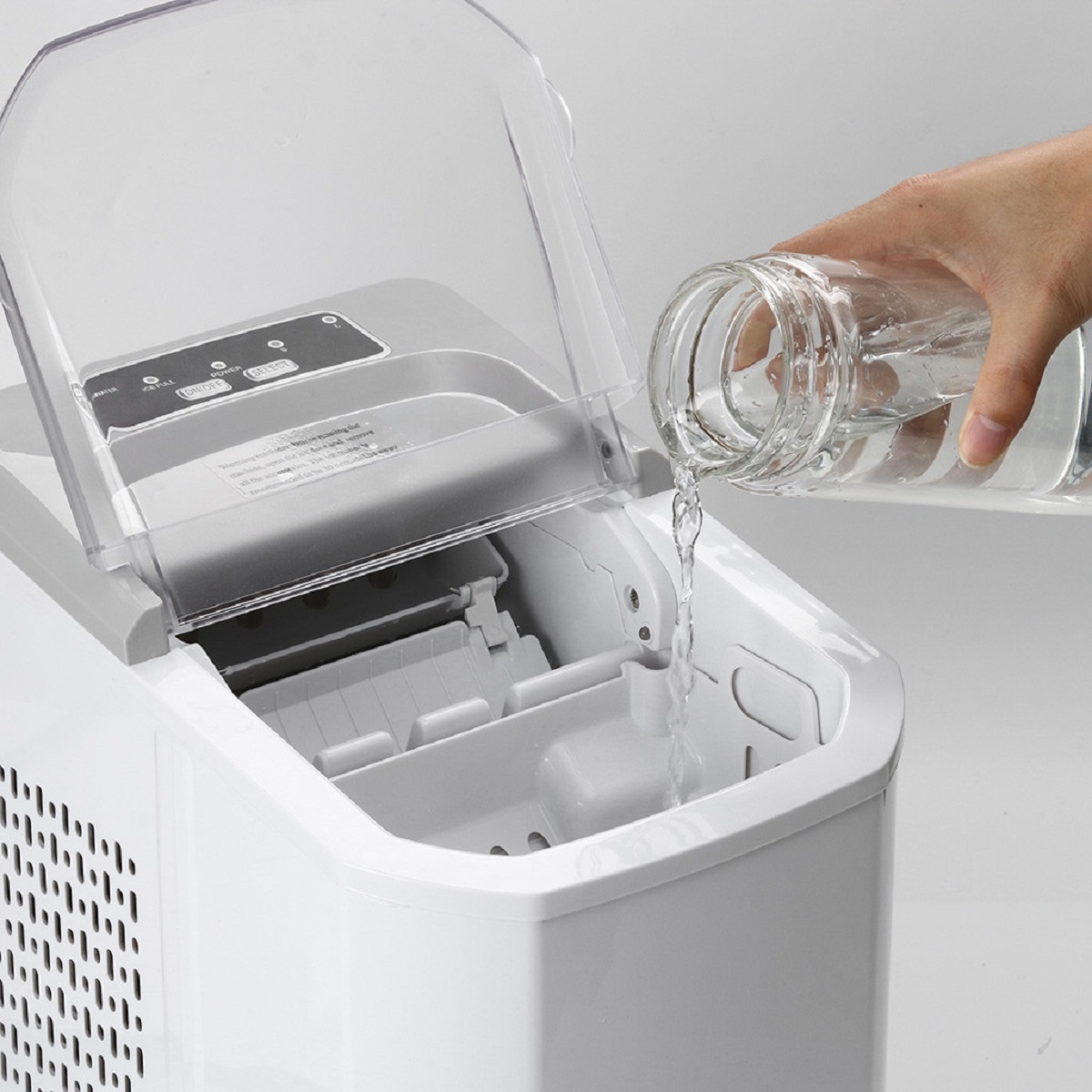

Articles
How To Clean An Ice Maker With Vinegar
Modified: February 26, 2024
Learn how to clean your ice maker effectively using vinegar. This article provides step-by-step instructions and helpful tips for maintaining a clean and safe ice maker.
(Many of the links in this article redirect to a specific reviewed product. Your purchase of these products through affiliate links helps to generate commission for Storables.com, at no extra cost. Learn more)
Introduction
An ice maker is a convenient appliance that provides a constant supply of ice for your beverages or frozen treats. However, over time, mineral deposits and bacteria can build up inside the ice maker, affecting the quality and taste of the ice it produces. That is why regular cleaning is essential to keep your ice maker in optimal condition.
When it comes to cleaning an ice maker, using vinegar is a tried and tested method that is both effective and safe. Vinegar, a natural acidic solution, helps to remove mineral deposits, kill bacteria, and eliminate odors, leaving your ice maker clean, fresh, and ready to make ice.
In this article, we will guide you through the process of cleaning your ice maker with vinegar, from preparing your ice maker for cleaning to maintaining it for long-lasting performance.
Key Takeaways:
- Regularly cleaning your ice maker with vinegar effectively removes mineral deposits, controls bacteria, eliminates odors, and is eco-friendly. It ensures high-quality ice production and a refreshing experience for you and your guests.
- Proper maintenance, including regular cleaning with vinegar, replacing water filters, and monitoring water quality, is crucial for optimal ice maker performance. Following these tips ensures a continuous supply of clean and refreshing ice cubes.
Read more: How To Clean GE Opal Ice Maker With Vinegar
Why Clean Your Ice Maker with Vinegar?
There are several important reasons why using vinegar to clean your ice maker is highly recommended:
- Effective removal of mineral deposits: Over time, minerals such as calcium and magnesium can accumulate inside your ice maker, resulting in a crusty buildup. Vinegar’s acidic properties help dissolve and remove these mineral deposits, improving the efficiency of your ice maker and ensuring the production of clean and clear ice cubes.
- Bacteria control: Ice makers can be a breeding ground for bacteria, as they provide a cool and moist environment ideal for their growth. Vinegar acts as a natural disinfectant, effectively killing common types of bacteria that may be lurking inside your ice maker. Regular cleaning with vinegar helps maintain a hygienic environment and reduces the risk of bacterial contamination in your ice cubes.
- Odor elimination: Have you noticed a strange smell coming from your ice maker? This can be the result of bacteria or accumulated residue. Cleaning your ice maker with vinegar helps remove these sources of odor, leaving your ice cubes smelling fresh and clean.
- Eco-friendly and cost-effective: Vinegar is a natural and non-toxic cleaning solution, making it a safer alternative to harsh chemicals. It is also readily available and affordable, making it a cost-effective option for maintaining your ice maker.
By regularly cleaning your ice maker with vinegar, you can ensure that it functions optimally, produces high-quality ice cubes, and provides a safe and refreshing experience for you and your guests.
Preparing Your Ice Maker for Cleaning
Before you begin the cleaning process, it is important to properly prepare your ice maker. Follow these steps to ensure a successful and thorough cleaning:
- Turn off and unplug the ice maker: Locate the power switch or unplug the ice maker from the power source. This will prevent any accidents or water leakage during the cleaning process.
- Empty the ice bin: Remove any remaining ice cubes from the ice bin. Discard them or use them before they melt.
- Remove and wash removable parts: Detach any removable parts, such as the ice tray or ice scoop, from the ice maker. Wash them with warm, soapy water and rinse thoroughly. This will ensure that all components are clean and ready for reassembly.
- Wipe down the interior: Use a clean cloth or sponge dampened with warm water to wipe down the interior surfaces of the ice maker. This will remove any loose debris or residue.
- Inspect for visible dirt or mold: Take a close look at the interior components of the ice maker. If you notice any visible dirt, mold, or stubborn stains, make a note of them. These areas may require extra attention during the cleaning process.
By taking the time to properly prepare your ice maker, you will ensure that the cleaning process is efficient and thorough, resulting in a cleaner and more hygienic appliance.
Cleaning Process
Now that you have prepared your ice maker, it’s time to begin the cleaning process using vinegar. Follow these steps to effectively clean your ice maker:
- Create a vinegar solution: Mix equal parts of white vinegar and water to create a cleaning solution. The amount will depend on the size of your ice maker, but a few cups of each should be sufficient.
- Apply the vinegar solution: Use a clean cloth or sponge to soak in the vinegar solution. Wring out any excess liquid and begin wiping down the interior surfaces of the ice maker. Pay special attention to areas with visible dirt, mold, or mineral deposits.
- Let the vinegar solution sit: Once you have thoroughly wiped down the interior, allow the vinegar solution to sit for about 5-10 minutes. This will give the vinegar time to break down mineral deposits and kill bacteria.
- Scrub stubborn stains: For any stubborn stains or mineral deposits that are difficult to remove, use a soft brush or toothbrush dipped in the vinegar solution to gently scrub the affected areas. Be careful not to use abrasive materials that could scratch or damage the surfaces.
- Rinse with clean water: After the vinegar solution has had time to work its magic, rinse the interior of the ice maker with clean water. This will help remove any remaining vinegar residue.
- Dry thoroughly: Use a dry cloth or towel to thoroughly dry all the components before reassembling them. Moisture left inside the ice maker can lead to the growth of mold or bacteria.
Once the cleaning process is complete, your ice maker should be noticeably cleaner and free from mineral deposits, bacteria, and odors.
To clean an ice maker with vinegar, mix equal parts of vinegar and water and pour it into the ice maker. Run a cycle to allow the solution to clean the interior, then rinse with water. Repeat if necessary.
Removing Mineral Deposits
Mineral deposits can accumulate inside your ice maker over time, resulting in reduced efficiency and the production of cloudy or off-tasting ice cubes. If you notice a buildup of mineral deposits, here are some additional steps you can take to effectively remove them:
- Use a vinegar soak: If there are stubborn mineral deposits that were not completely removed during the regular cleaning process, you can create a vinegar soak. Fill a container with equal parts vinegar and water and submerge the affected components, such as the ice tray or water lines, in the solution. Let them soak for a few hours or overnight. The vinegar will help break down and dissolve the mineral deposits.
- Scrub with a soft brush: After the soak, use a soft brush or toothbrush to gently scrub away any remaining mineral deposits. Brush in a circular motion to dislodge the buildup. Rinse the components with clean water after scrubbing.
- Repeat if necessary: In some cases, stubborn mineral deposits may require multiple rounds of soaking and scrubbing to completely remove them. Be patient and persistent, and continue the process until the desired results are achieved.
- Regular maintenance: To prevent mineral deposits from building up in the future, it is important to regularly clean your ice maker and perform routine maintenance. This includes wiping down the interior surfaces, checking and replacing water filters if necessary, and monitoring water quality in your area.
By following these steps and incorporating regular maintenance into your ice maker care routine, you can ensure that your ice maker operates efficiently and produces clean, clear, and great-tasting ice cubes.
Read more: How To Clean A Igloo Ice Maker
Maintaining Your Ice Maker
Proper maintenance is crucial to keep your ice maker running smoothly and producing high-quality ice cubes. Here are some tips to help you maintain your ice maker:
- Regular cleaning: Clean your ice maker with vinegar at least every 3-6 months, or more frequently if you notice any buildup or changes in ice quality. Regular cleaning prevents mineral deposits, bacteria growth, and odors, ensuring your ice cubes are clean and safe to consume.
- Replace water filters: If your ice maker has a water filtration system, make sure to periodically replace the water filter as recommended by the manufacturer. This will help maintain water quality and prevent impurities from affecting the taste and clarity of your ice cubes.
- Monitor water quality: If you notice changes in the taste or clarity of your ice cubes, it may be due to the quality of the water. Consider using filtered water or a water softener to ensure optimal ice quality. Additionally, regularly check your water supply for any issues that may affect the performance of your ice maker.
- Regularly remove ice: Avoid letting ice sit in the ice bin for extended periods. This can cause the ice to clump together and affect the performance of your ice maker. Use or discard the ice regularly to keep a fresh supply flowing.
- Inspect for leaks: Periodically check for any leaks or water pooling around your ice maker. If you notice any issues, it is important to address them promptly to avoid further damage or water damage to surrounding areas.
- Refer to the manufacturer’s instructions: Every ice maker is unique, so be sure to consult the manufacturer’s instructions and recommendations for specific maintenance tasks and best practices.
By following these maintenance tips, you can extend the lifespan of your ice maker, maintain the quality of your ice cubes, and enjoy a continuous supply of refreshing ice for your beverages.
Conclusion
Regularly cleaning and maintaining your ice maker is essential to ensure its longevity, efficiency, and the production of high-quality ice cubes. Using vinegar as a natural cleaning solution offers numerous benefits, including effective removal of mineral deposits, bacteria control, odor elimination, and cost-effectiveness.
By following the step-by-step process outlined in this article, you can successfully clean your ice maker with vinegar and restore its performance. Remember to properly prepare your ice maker, create a vinegar solution, and wipe down the interior surfaces. For stubborn mineral deposits, you may need to use a vinegar soak and gentle scrubbing. Additionally, ongoing maintenance, such as replacing water filters and monitoring water quality, is crucial to keep your ice maker in optimal condition.
Taking the time to clean and maintain your ice maker with vinegar will ensure that it continues to provide you with a steady supply of clean and refreshing ice cubes. Say goodbye to mineral buildup, bacteria, and unpleasant odors, and enjoy the convenience and functionality of a well-maintained ice maker.
Remember to consult your ice maker’s manufacturer instructions for specific guidance and continue to prioritize regular cleaning and maintenance to keep your ice maker performing at its best.
Frequently Asked Questions about How To Clean An Ice Maker With Vinegar
Was this page helpful?
At Storables.com, we guarantee accurate and reliable information. Our content, validated by Expert Board Contributors, is crafted following stringent Editorial Policies. We're committed to providing you with well-researched, expert-backed insights for all your informational needs.
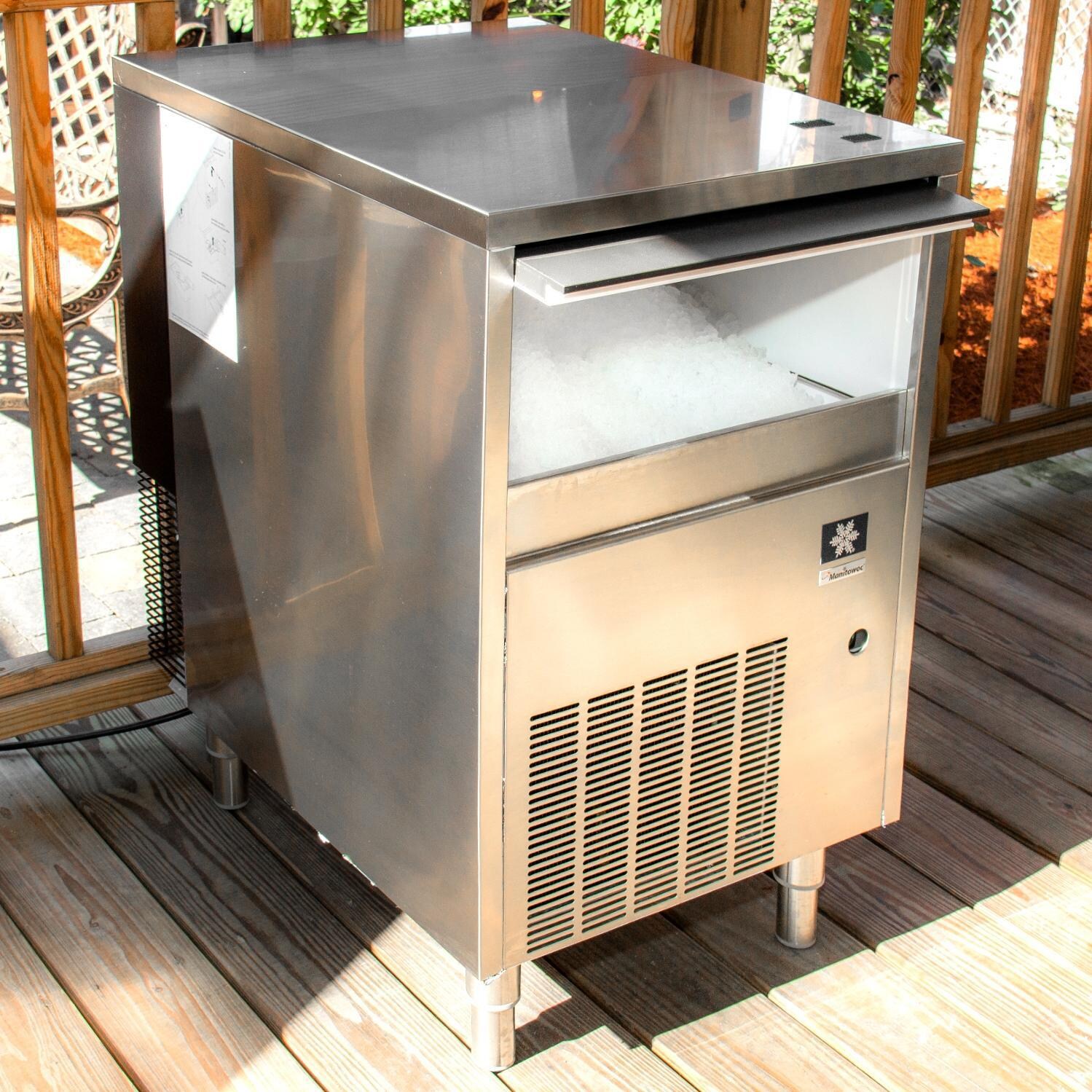
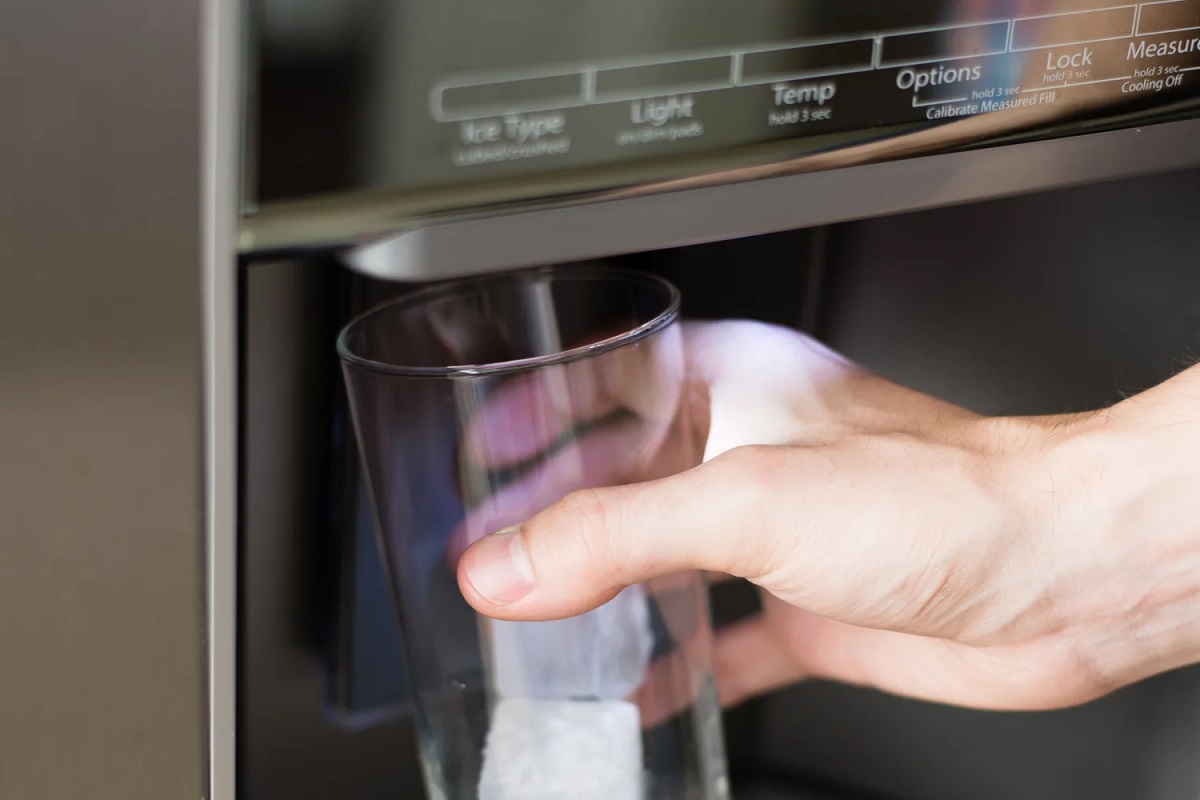
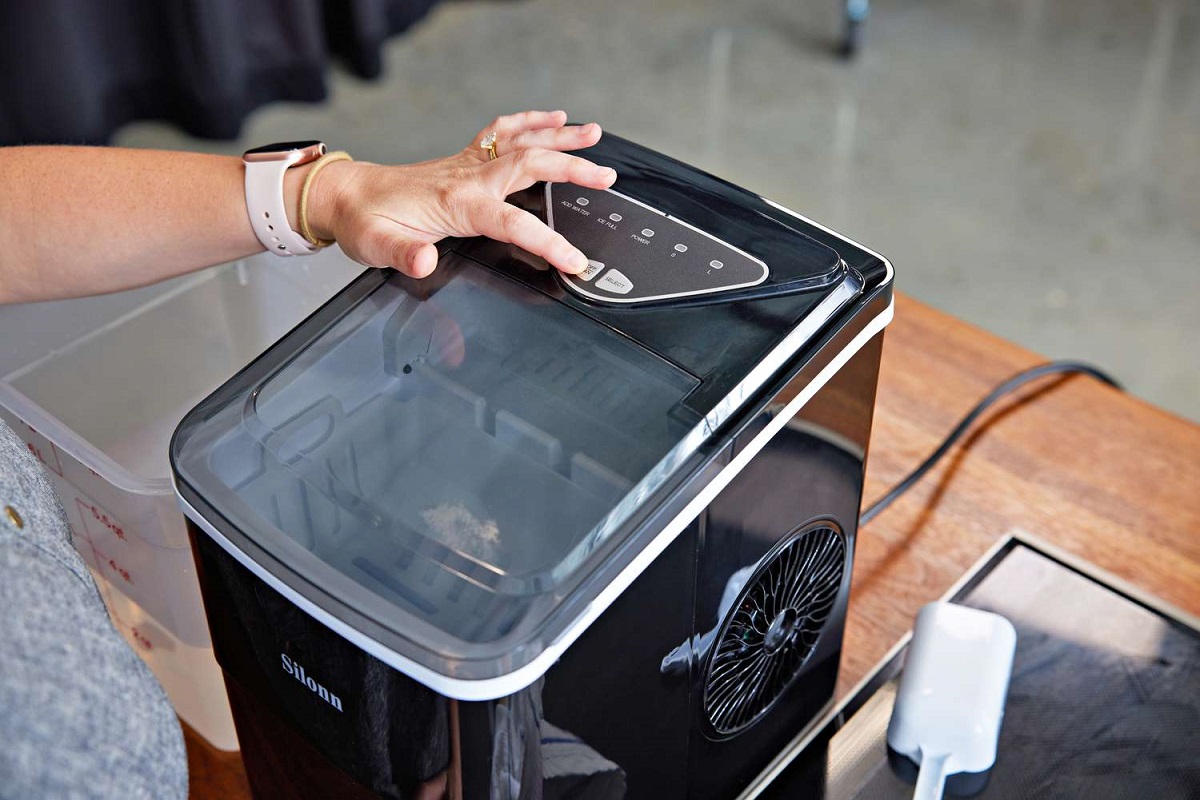
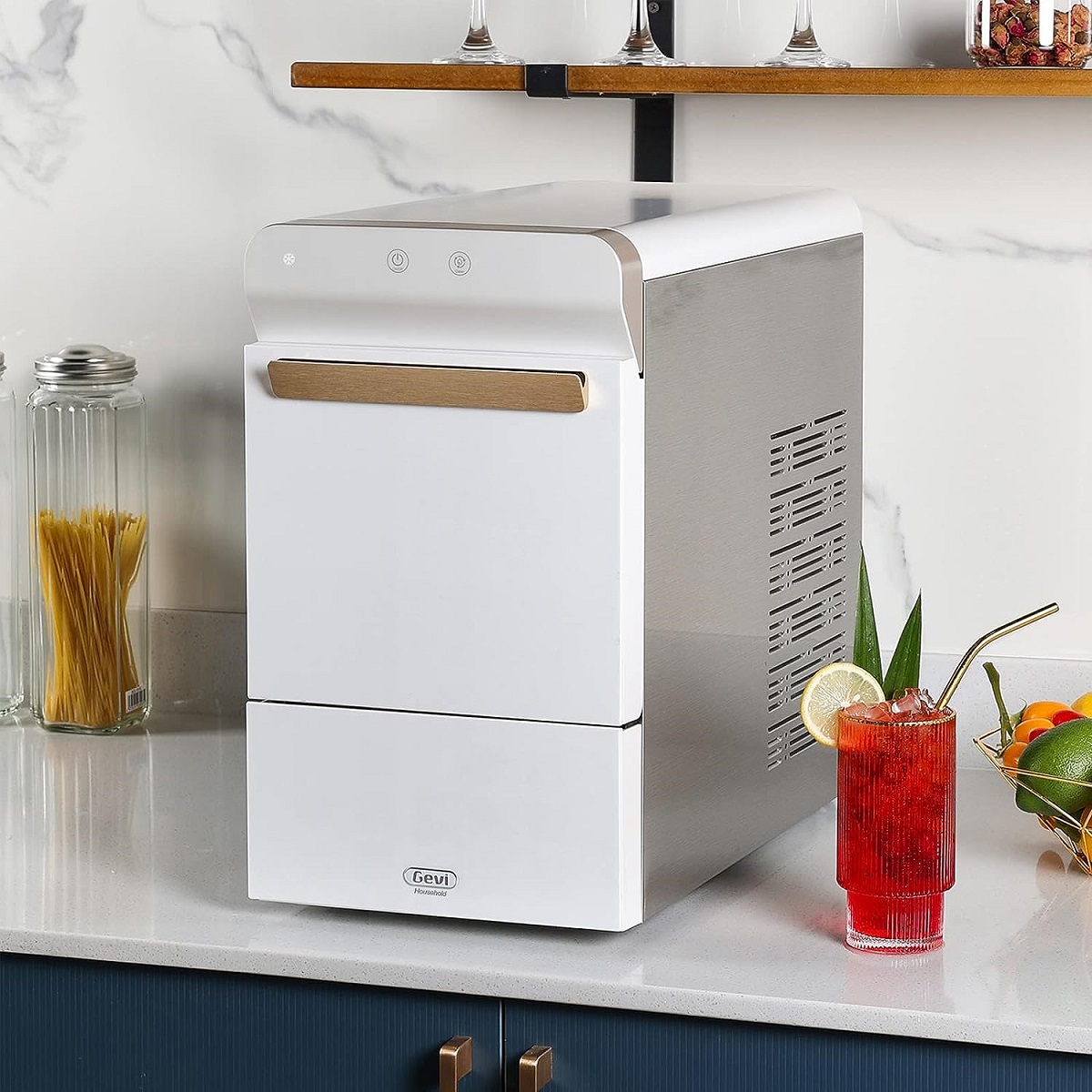
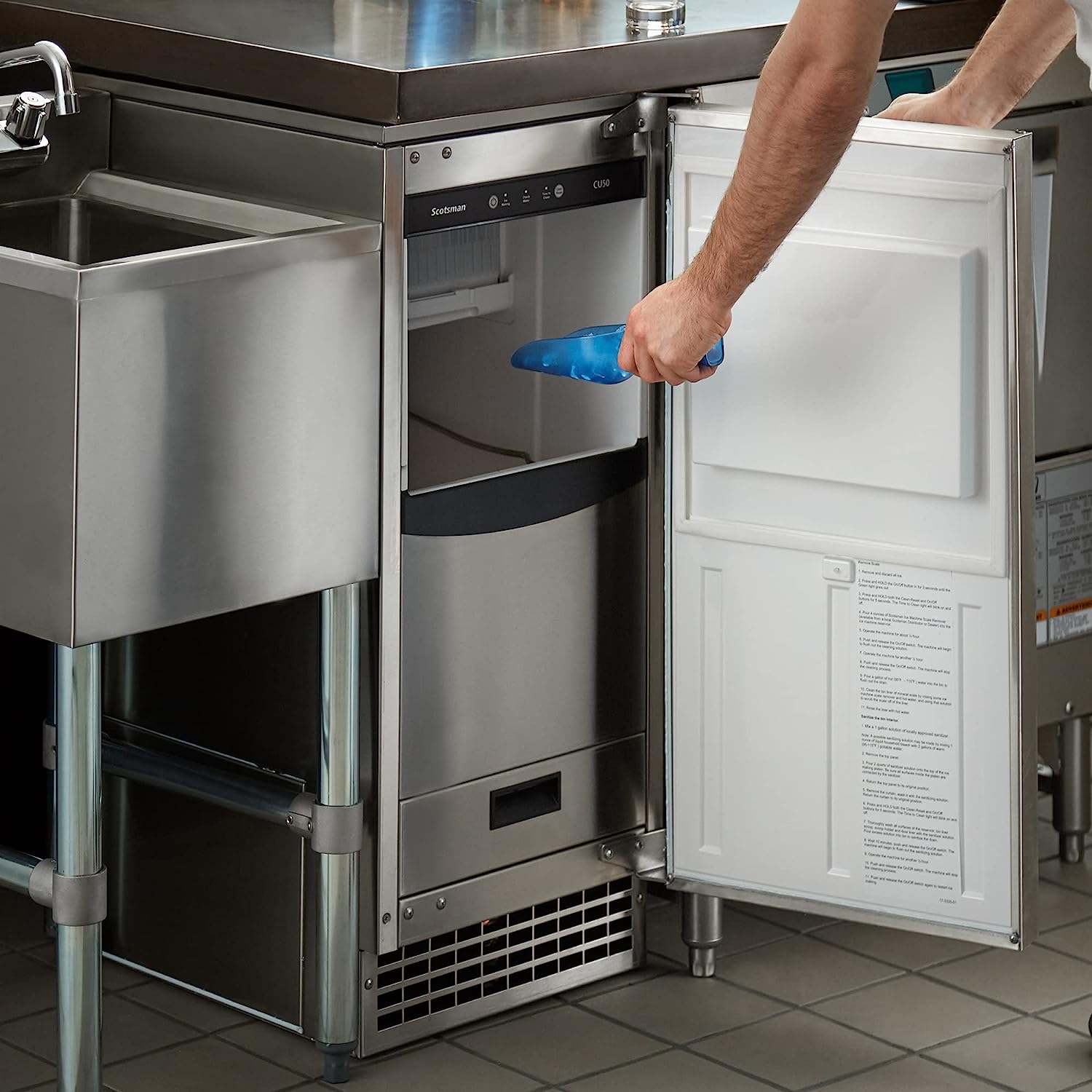
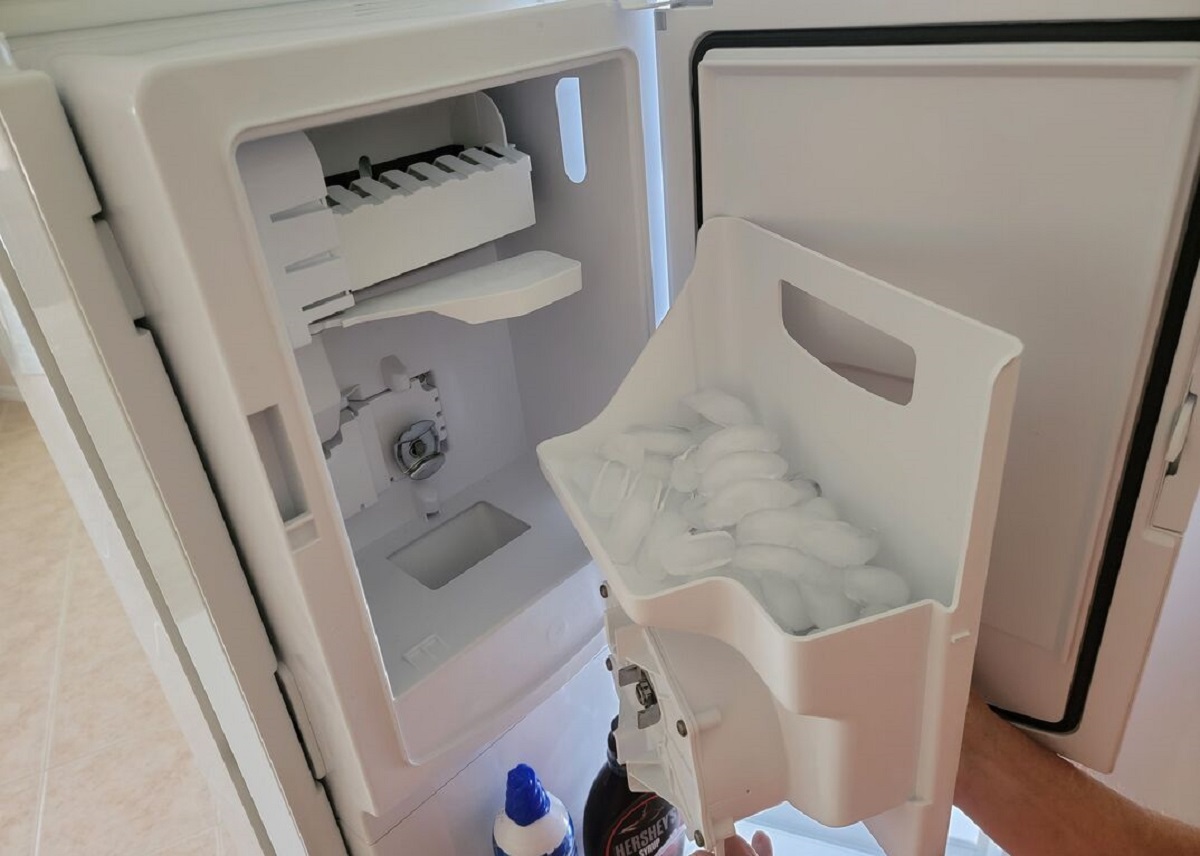
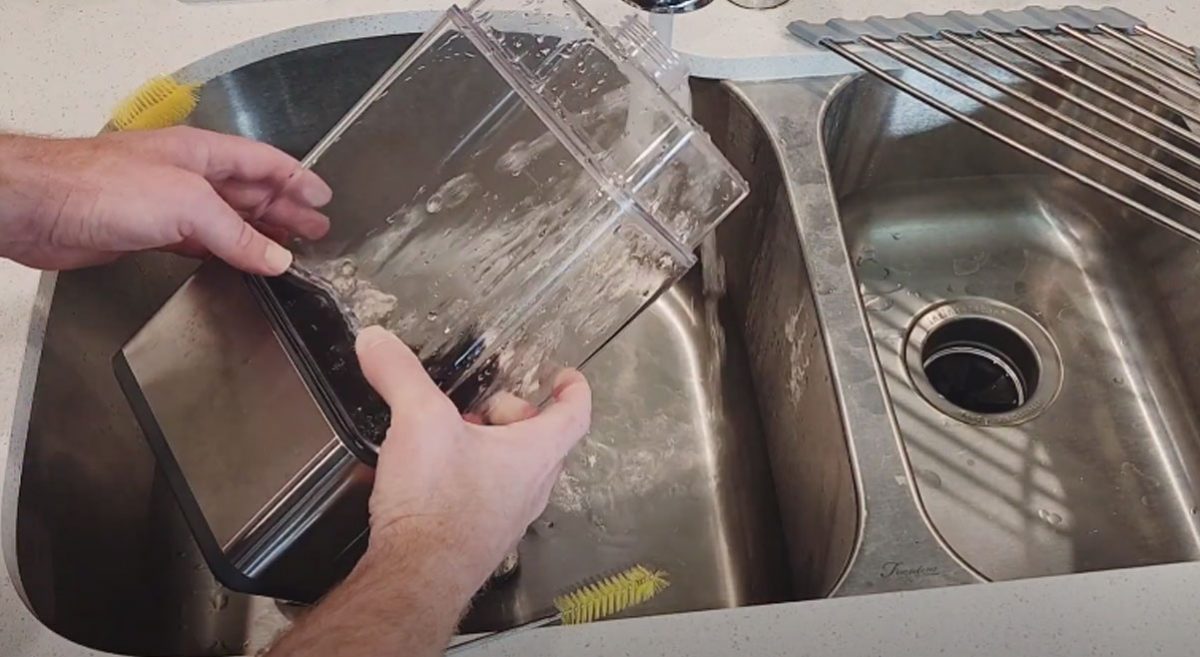
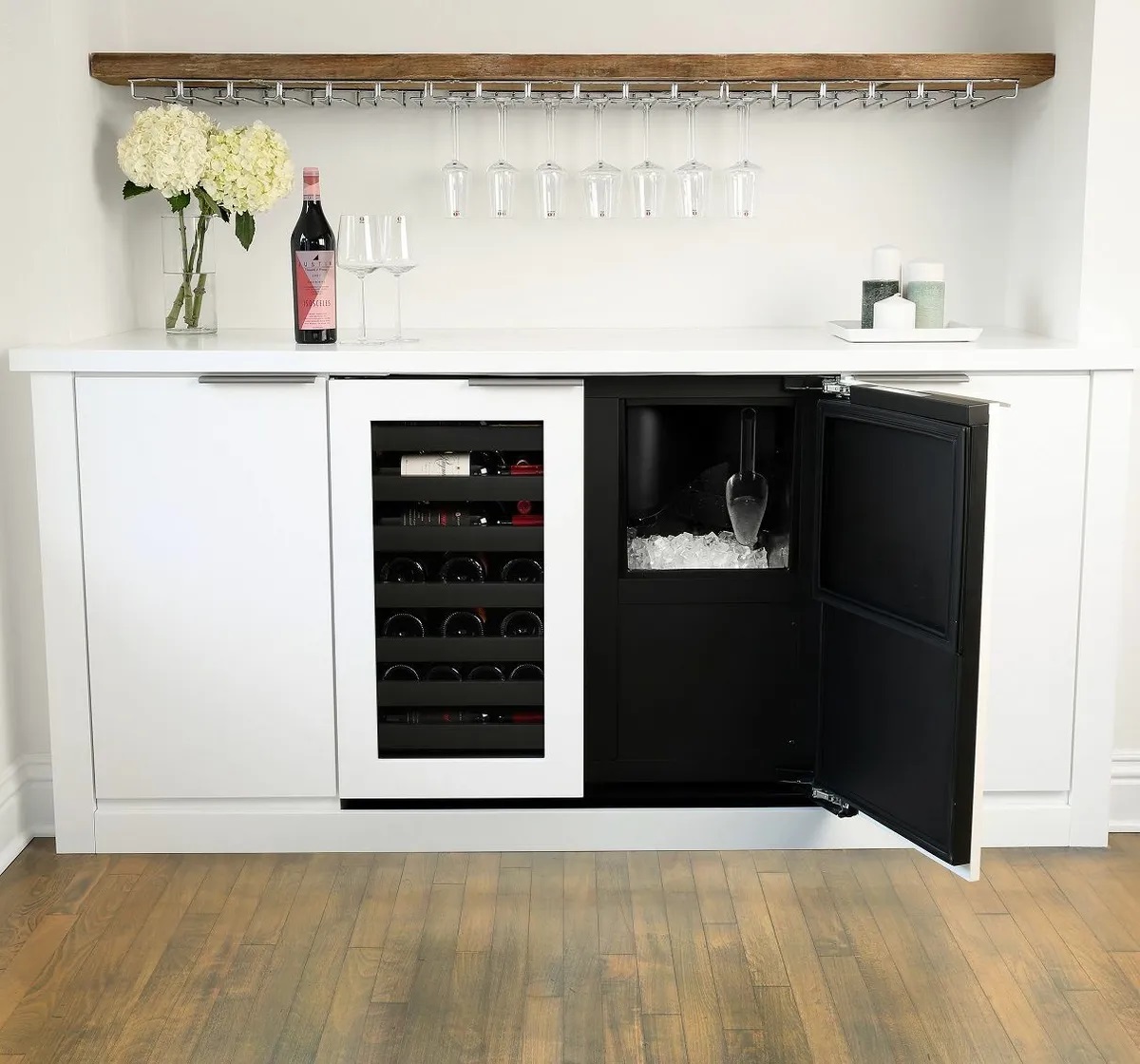
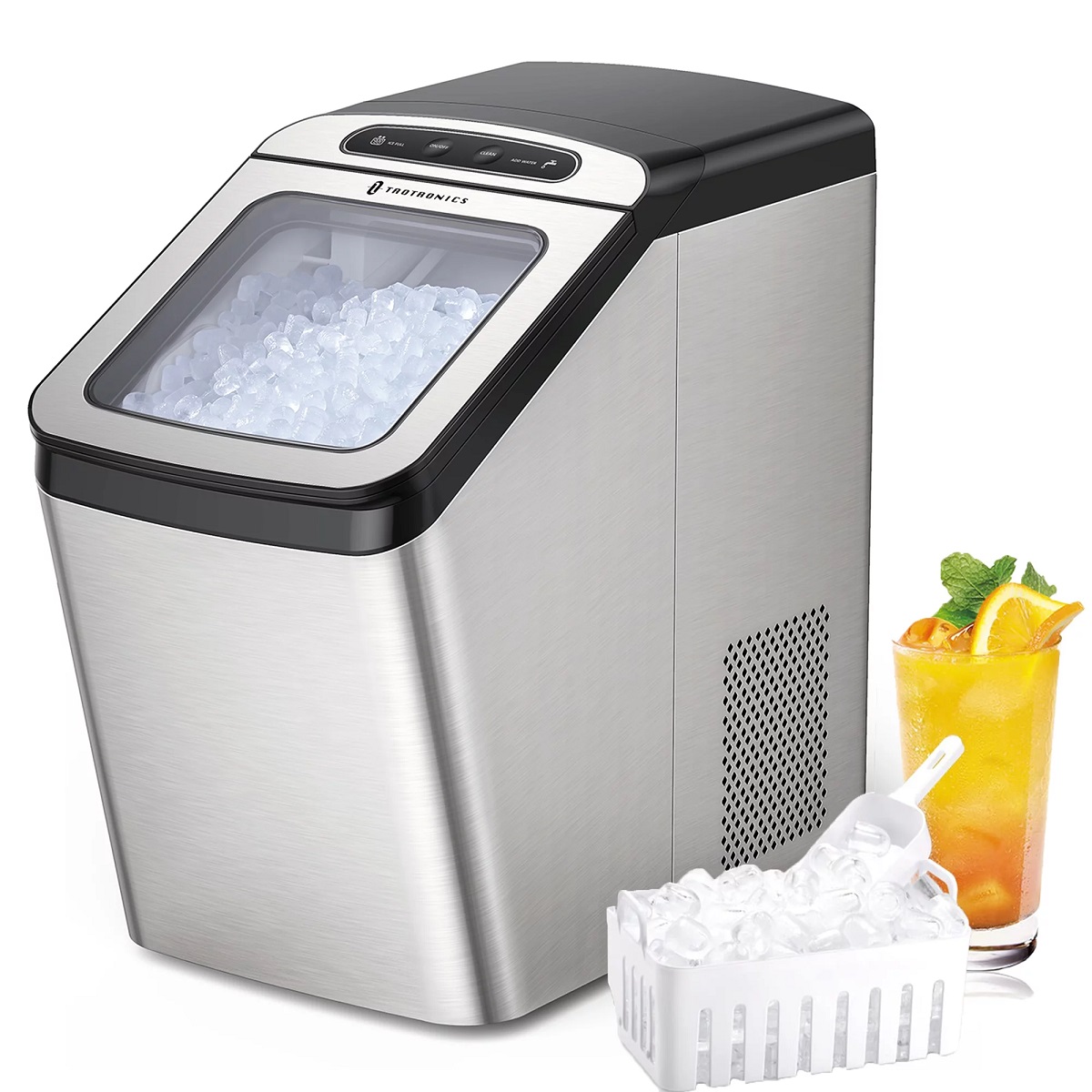
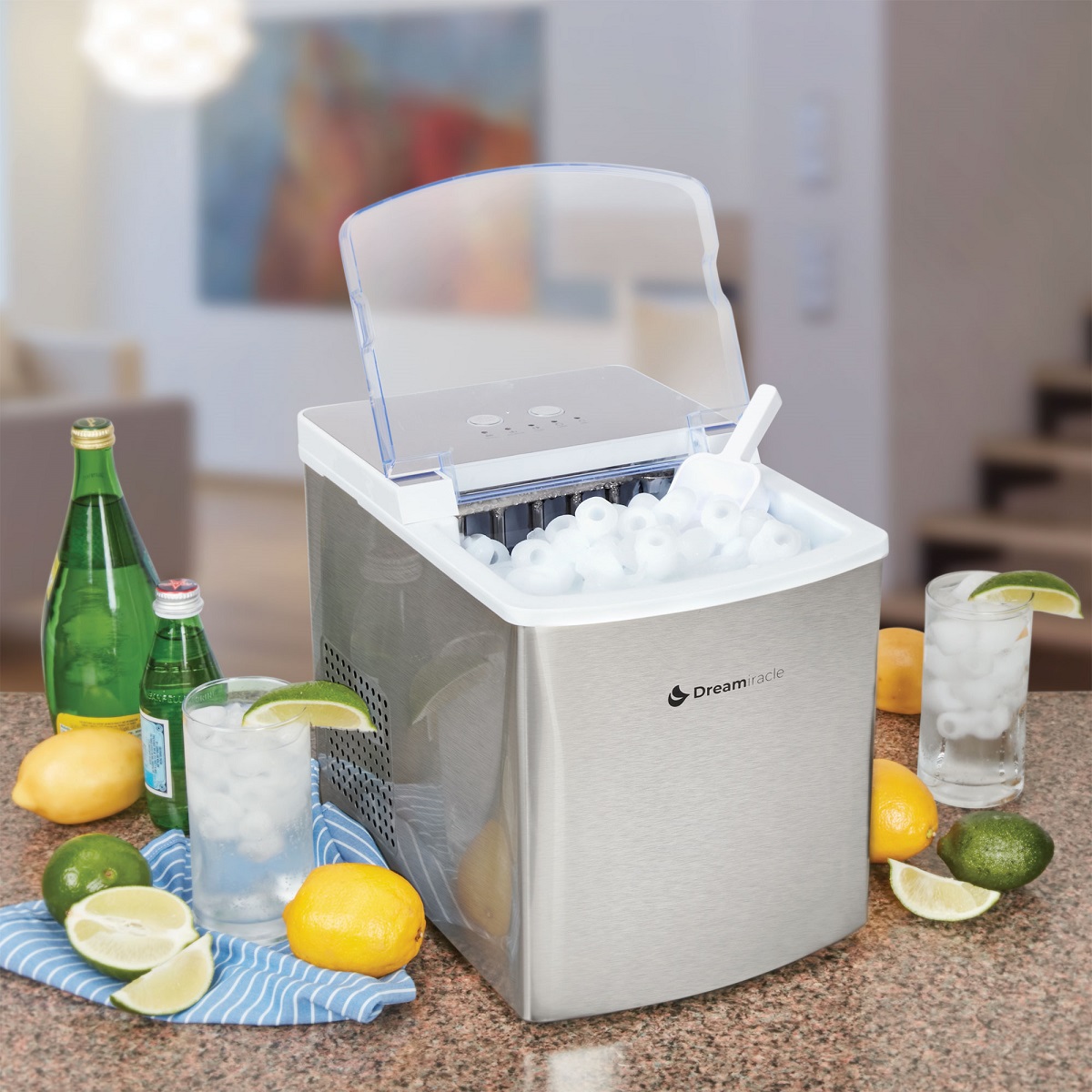
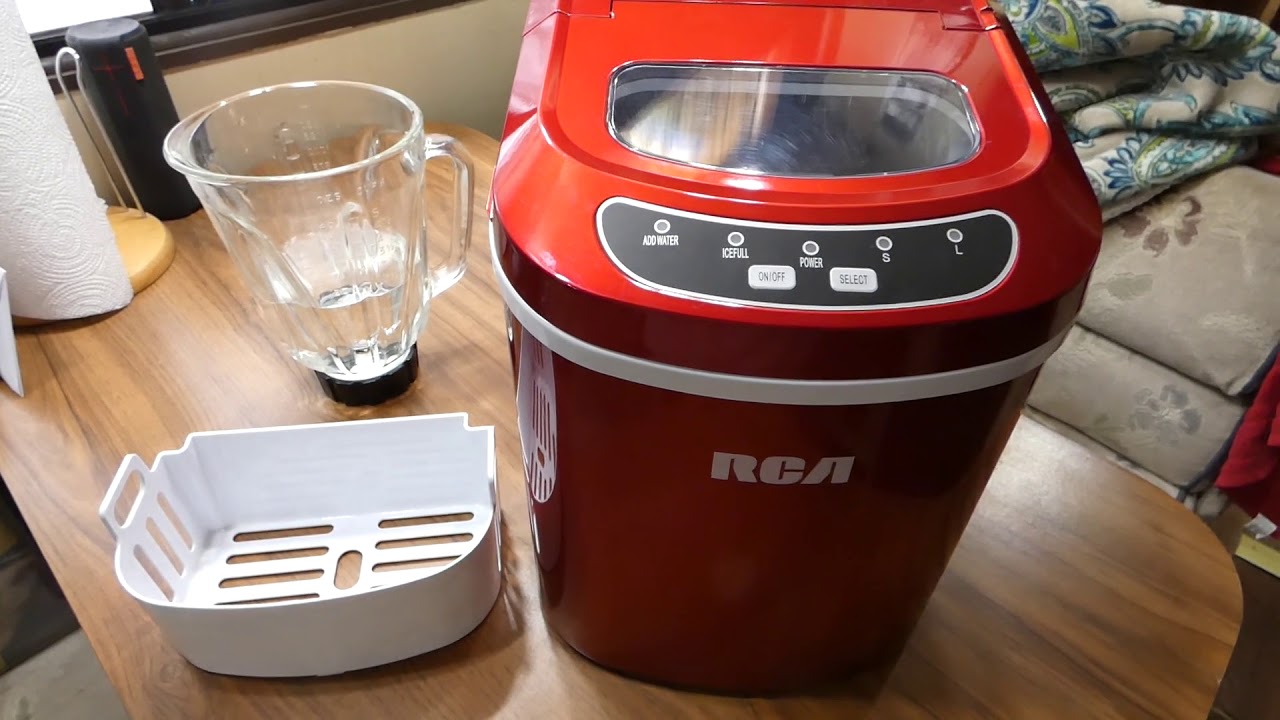
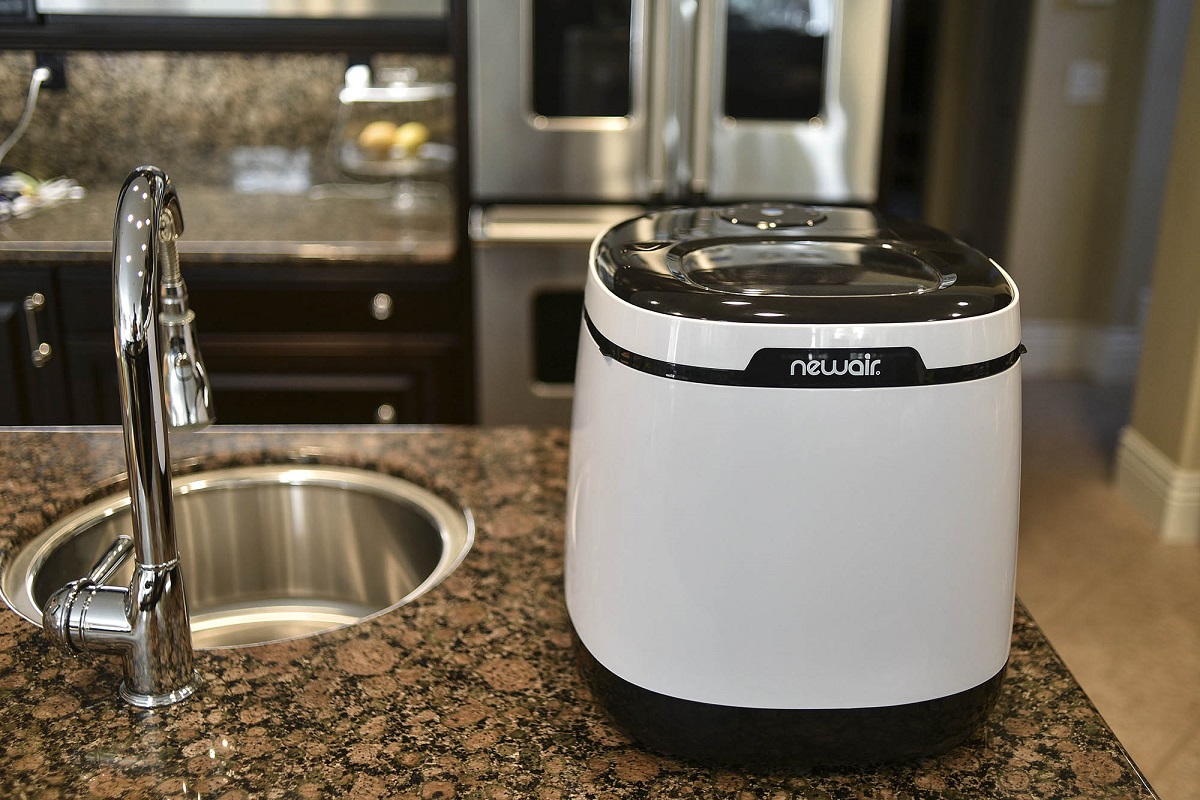
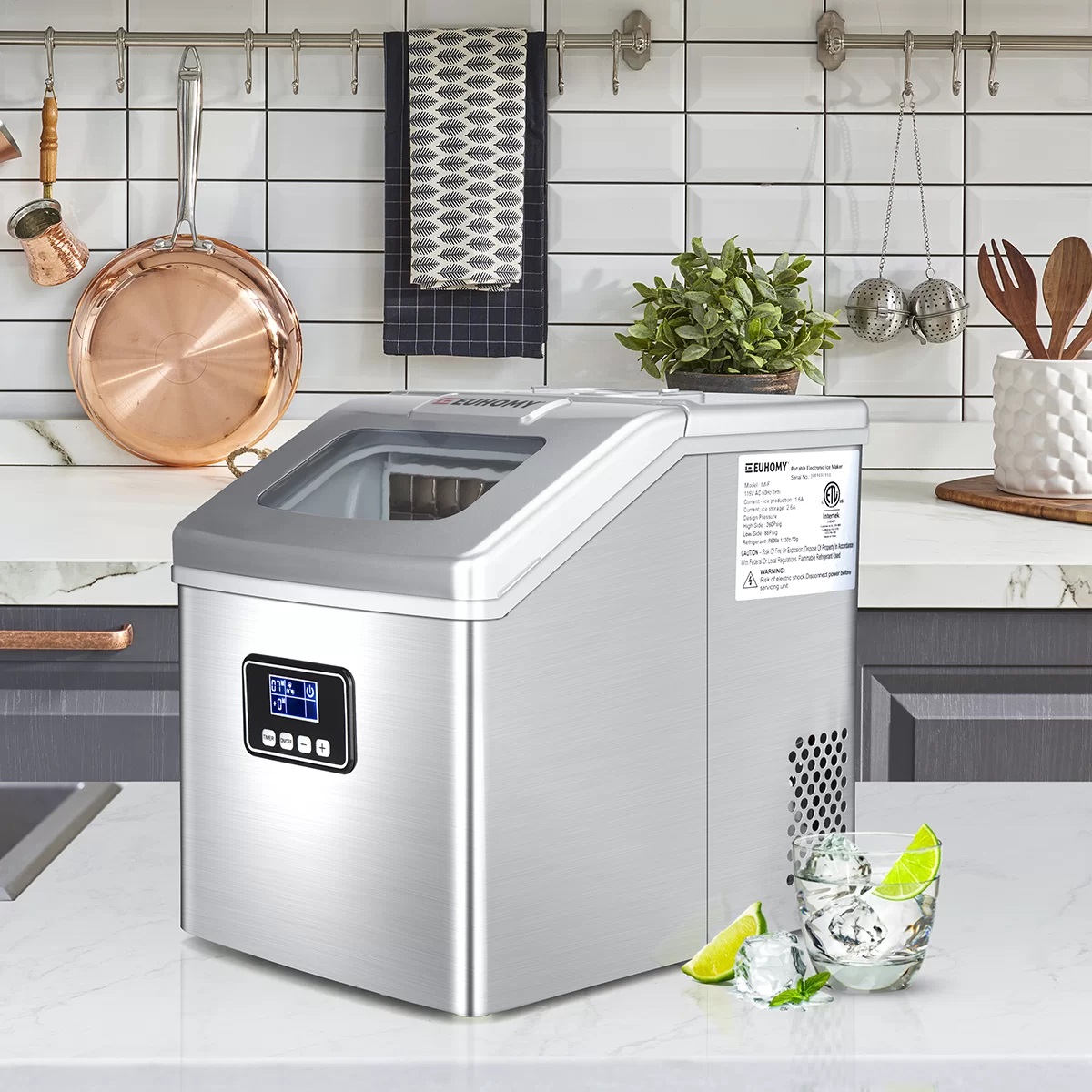
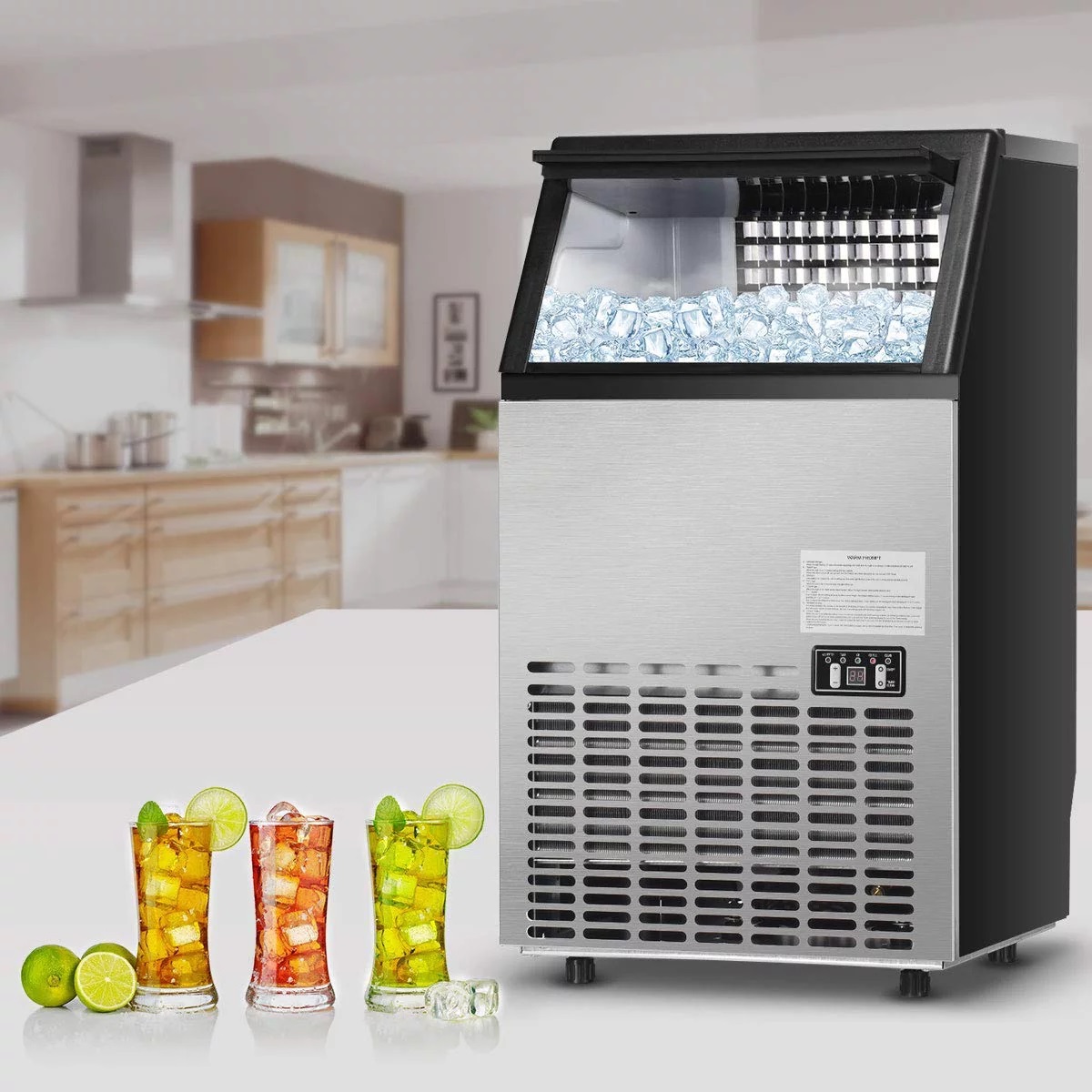

0 thoughts on “How To Clean An Ice Maker With Vinegar”